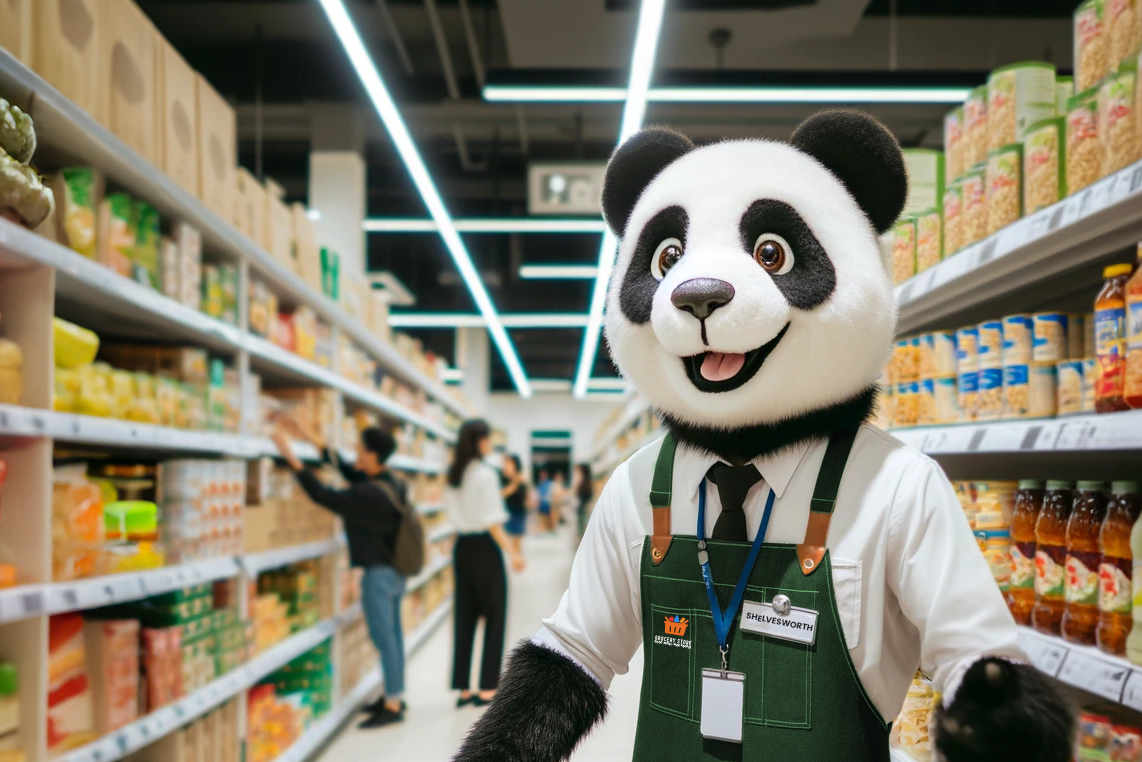Enhancing Retail Worker Safety with Unified Security

Along with the palpable growth of theft from shops and misuse of self-service checkouts, the safety of retail workers has surged to the forefront of industry concerns.
The Dual Risk
Shop workers face high levels of risk on a daily basis. Dealing directly with members of the public is challenging in any context, but retail spaces filled with valuable (or at least easily re-sellable) products lead to heightened tensions that regularly spill over.
It is well known that theft and violence are heavily correlated crimes. It should be no surprise then that, as a combination of factors make shoplifting more common, there will inevitably be in increase in violence and aggression inside stores.
Ask anyone in the industry and they will tell you that violent incidents occur most frequently at store exits, often as staff rush to prevent a shoplifting event. Our own data confirm that over 70% of violent and aggressive incidents occur at or around the store’s exit, occasionally spilling out into the street. These confrontations not only endanger staff but also risk the safety of bystanders, who may attempt to intervene and inadvertently exacerbate the situation. The overall effect not only creates a hostile environment for customers, but can also cast a shadow over the surrounding neighbourhood, and adversely affect a brand’s reputation.
Impact on Staff Well-being
While all of this is going on, the retail industry is grappling with a staff retention problem. Only around 50% of hourly-rate workers remain in their role for a year, compared with 65% in all other industries. There are many factors influencing this statistic including hard factors such as pay and benefits, scheduling, and an oft-cited lack of career progression. Softer issues also have a detrimental effect on staff that can lead to them looking elsewhere for work. Witnessing theft is undoubtedly demoralising, while being the subject of physical and verbal abuse is actually damaging.
Without proven and reliable measures to prevent crime in shops, companies will be faced with even higher churn and more prevalent absenteeism.
Unreliable evidence
The first step towards remedying bad situations is usually effective measurement. Unfortunately, getting a good grasp on the levels of theft and violence has traditionally been problematic.
Theft only works if it is difficult to identify
Identifying and recording theft has historically relied on a combination of vigilant staff and somewhat clumsy thieves. Studies suggest that a shoplifter can expect to be caught in the act once in every hundred attempts. It is fair to say, then, that shop theft is grossly under-reported at every level - from the store, to the business, and finally out to the criminal justice system.
The onus is on the victim to report
When it comes to violent incidents in stores, traditional reporting systems often depend manual form-filling. This is time-consuming, open to inconsistency and inaccuracies, and represents an additional burden for already harassed team members. Many incidents go unreported as colleagues struggle to balance the unpleasantness of what happened with the grind of recording it.
There is also a growing grey-area in many people’s minds around what kind of incident is worth reporting - throwing a punch is likely to get logged, but throwing a candy bar may not. Neither should be tolerated.
At the moment, even signalling that an incident is in progress is laborious. Panic-buttons are usually located out of the way of accidental contact, which means they are hidden under furniture or fixed high up on a wall. In many cases, they cannot be pressed until after the event is over.
Getting a clearer picture
Relying on humans to provide actionable data from within stores clearly doesn’t work. Applications built using artificial intelligence techniques have the advantage of being able to focus on the entire store from the moment the first customer enters the store until the doors are finally locked.
By blending artificial intelligence with existing CCTV systems, the SAI platform provides incredible clarity. Automating the identification of theft attempts along with violent incidents means that:
- Visibility goes from one percent to close to one-hundred percent
- Staff have evidence in their hands, giving them time to assess each situation and collaborate on a safe solution
- Stakeholders across the business get a clear and un-biased picture of what is happening across their estate
- Decisions about staffing and guarding stores are led by evidence rather than instinct or tradition
People-centric Technology
A cornerstone of SAI's approach is the empowerment of retail staff. The technology removes the need for physical confrontation, allowing employees to adopt a more collaborative, considered, and controlled response to theft. As one store manager insightfully noted, SAI's system "takes the adrenaline out of stopping theft," fostering an environment where staff can operate with confidence, backed by irrefutable evidence at their fingertips. This not only enhances the safety of employees but also contributes to their overall well-being by reducing stress and anxiety associated with potential confrontations.
The burden of reporting incidents is taken away from colleagues on the shop floor. When logging each event can take up to twenty minutes and usually requires the involvement of management-level associates, this is not only drudgery but it is expensive drudgery to boot.
Creating Safer Stores
The ripple effects of implementing SAI's unified security approach extend beyond the immediate safety of retail workers. A safer store environment naturally evolves into a more welcoming and pleasant atmosphere for customers. The reduction in visible security incidents and the presence of a calm, professional staff significantly enhance the shopping experience, encouraging repeat visits and fostering a positive community reputation.
In an era where retail worker safety is of paramount importance, SAI's innovative, unified approach offers a beacon of hope. By addressing the root causes of theft and aggression, SAI not only protects employees but also transforms retail spaces into safer, more enjoyable places for everyone.
SAI makes the world's most complete video intelligence system for retail, reducing theft and other losses, increasing the safety of customers and colleagues, and improving store efficiency.

